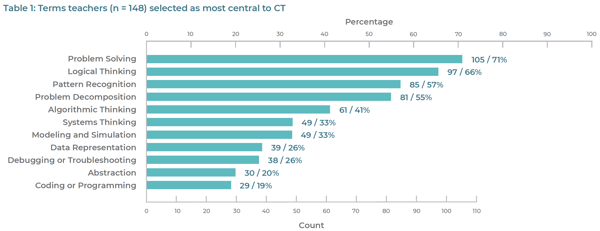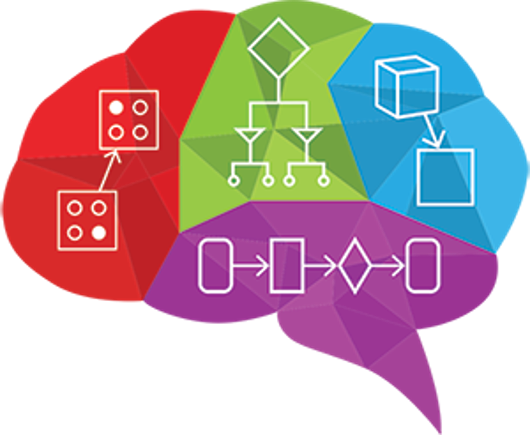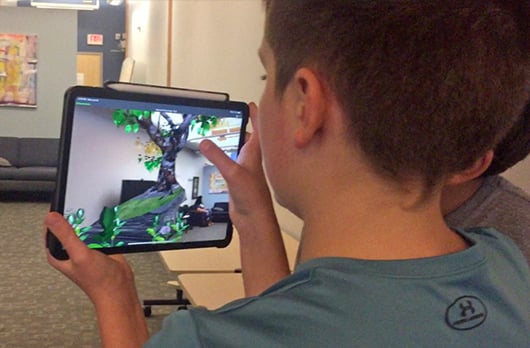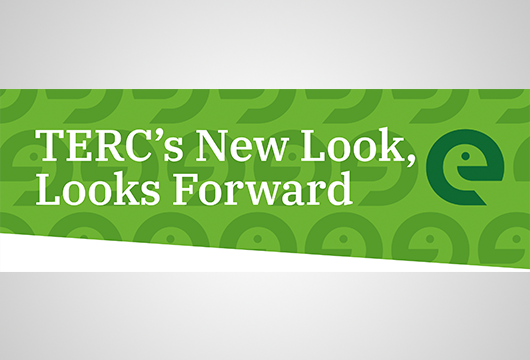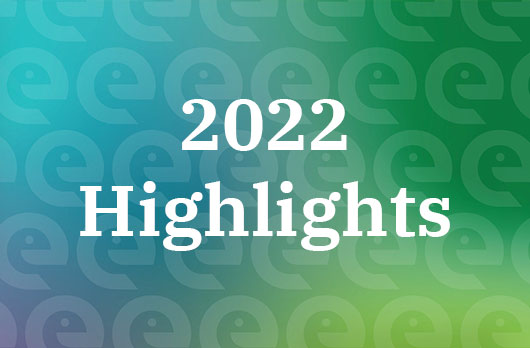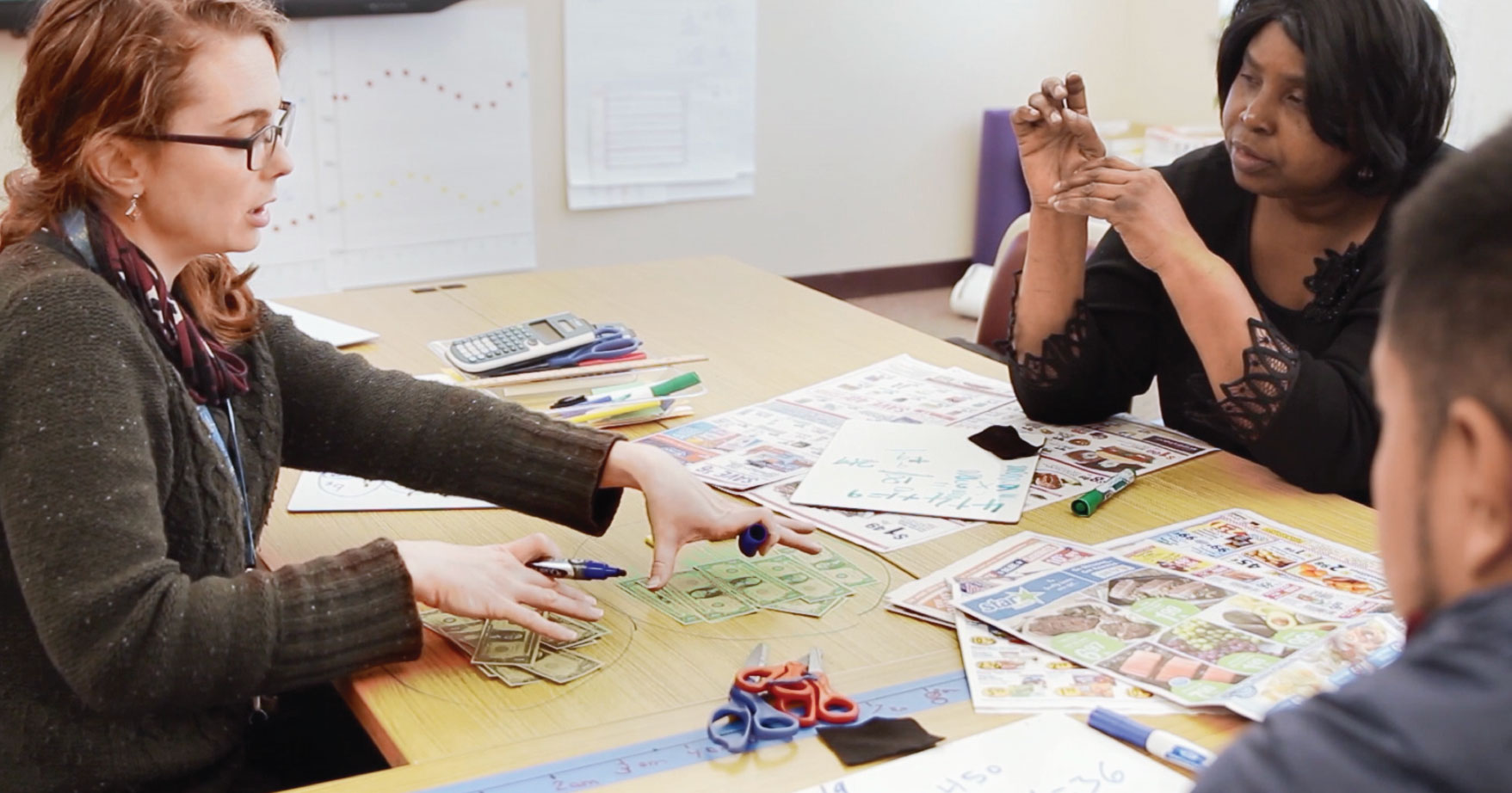TERC Blog
What is Computational Thinking? - TERC
Teachers’ Understandings of Computational Thinking
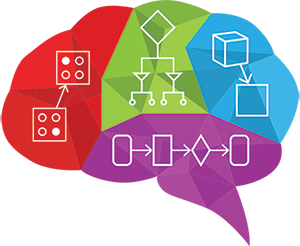
Computational thinking is a hot topic in education. The idea of computational thinking in education can be traced back to the work of Papert in 1980, with the term most often associated with Wing from 2006. But only over the last five years or so has computational thinking become a common focus in education ... and at TERC, where multiple projects continue to conduct research on computational thinking learning.
Four years ago, in May 2016, a group of TERC staff interested in computational thinking started meeting together monthly. The idea was for the people in the group to help educate, inform, and support each other in a community of practice. In these meetings, some common issues and areas of interest were identified, including a serious shared challenge—a general lack of agreement around the definition of computational thinking within the research field, amongst ourselves, and with our teachers. Indeed, despite efforts within the field over the years, there is still no unanimous definition of computational thinking or agreement how to best apply it in K-12 classrooms (Malyn-Smith et al., 2018).
Teachers as Part of the Discussion
In Wing’s (2006) seminal piece, she stated computational thinking is “a fundamental skill for everyone, not just for computer scientists. To reading, writing and arithmetic, we should add computational thinking to every child’s analytical ability” (p. 33).
Her comments sparked a debate among computer scientists, educational researchers, and other academics about what computational thinking is and what it is not, as well as how to best integrate computational thinking into education. However, classroom teachers are typically not part of the discussion.
We believe that teachers need to be represented more in this computational thinking conversation. As practitioners, they are actually bringing the computational practices, terminology, and experiences into the classroom, as well as noticing students’ ability to take up these practices and concepts. In addition, teachers are the ones most impacted by the resulting definitions, changes to and development of related standards and curricular materials, and the research directions.
Thus, the two of us decided to go beyond the monthly discussions to gain a better understanding of how teachers are thinking about computational thinking. We wanted to scope out the landscape of computational thinking education, especially as it relates to clear communication between educators and researchers.
As part of this, we sought teacher input in various ways, including via a survey. This survey included three ways of eliciting the teachers’ understandings of the definition of computational thinking:
-
An open-end text box,
-
A select-up-to-5 list of central terms, and
-
A pick one definition.
We distributed the survey over multiple National Science Teacher Association listservs, via research colleagues, and through TERC’s communication department. Overall, 202 teachers responded enough to be included in our analysis, with an approximately equal number from each school level (elementary, middle, and high school). Here’s some of what they had to say.
Computational Thinking Related Projects at TERC
If you’d like to see our research in action, multiple TERC projects have and continue to conduct research on computational thinking learning. Here are a few computational thinking resources that could be of interest:
CodePlay: terc.edu/projects/codeplay
GrACE: SEEC.terc.edu/GrACE
IDATA: terc.edu/projects/idata/
INFACT: terc.edu/projects/infact/
Zoombinis: terc.edu/terc_products/zoombinis
Open-Ended Text Box
Early in the survey, we asked respondents, “If a parent asked you to explain what computational thinking is, what would you say?” We provided an open-ended text box for their answers.
Not too surprising to us, many teachers said they did not know (n = 21 or 9%), even though they were responding to a survey specifically about computational thinking in education. Also not surprisingly, problem solving was the most commonly referenced idea (n = 42 or 18%). Problem solving is core to most computational thinking definitions, as you’ll see later. It was also core to a number of the teachers’ responses:
To think using Algorithms and solve problems.
Creating and then using feedback from a system to problem solve using logical steps to come up with a working solution.
How to solve problems using algorithms and logic.
Computational thinking is a mindset that has to do with developing problem-solving skills where you are logically interweaving data analysis to develop solutions.
Computational thinking is the process of identifying a problem, thinking of a solution, and ensuring that solution can be carried out and repeated by another.
However, there were also a few surprises. For example, we found it interesting so many science teachers noted computational thinking as related to mathematics (n = 30 or 13%). We were also surprised that coding and computers weren’t more prominent, with only n = 9 or 4% referencing coding or programming and only n = 19 or 8% referencing use of a computer.
There’s a lot of debate around how central coding is to computational thinking, especially when dealing with computational thinking assessments, but a connection to computers is pretty standard. For example, teacher math- and computer-related responses included the following:
Mathematical and logical thinking.
Computational thinking is understanding how computers and mathematical tools are used to analyze data and do simulations.
Thinking like a mathematician, problem solving.
Being able to express your ideas in a way that a computer could understand.
All I would know to say is it is similar to activities that are done on Code.org.
Trying to think logically like a computer would, or in a way that you can communicate with a computer.
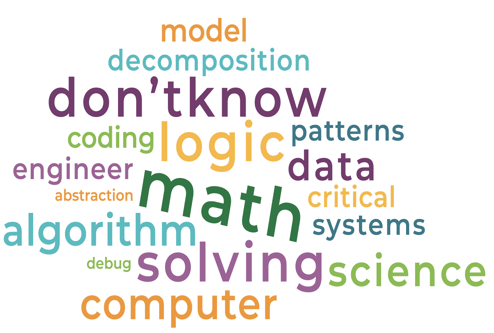 Word cloud of the terms most used by teachers in the open-ended “explain what computational thinking is” survey question.
Word cloud of the terms most used by teachers in the open-ended “explain what computational thinking is” survey question.
Select-Up-To-5 List of Central Terms
Of course, open-ended answers, while rich, are also hard to analyze, so we asked a series of subsequent questions, while not allowing the respondents to backtrack to their written answers. For example, we asked, “Which of the following terms do you consider most central to computational thinking?” with a select-up-to-five list of eleven terms commonly used in computational thinking literature:
- Abstraction
- Algorithmic Thinking
- Coding or Programming
- Data Representation
- Debugging or Troubleshooting
- Logical Thinking
- Modeling and Simulation
- Pattern Recognition
- Problem Decomposition
- Problem Solving
- Systems Thinking.
Within the 148 respondents to this question, the terms selected ranged widely, with problem solving again quite common (71%) and coding or programming less common (20%) than we anticipated, based on our interactions with teachers through our projects. [A comparison of the teachers’ and researchers’ selections might prove an interesting area of additional exploration.]
OTHER INTERESTING FINDINGS:
Ability Ratings
The survey addressed an array of questions, not all related to just the definition of computational thinking. We also asked teachers to rate which common computational thinking techniques they can teach and their beliefs about what their students can do. We found all teachers were much more confident in their teaching abilities than in their beliefs of their students’ skills. For example, 97% of respondents indicated they had at least an “adequate” ability to teach problem solving, while 80% of them indicated they believed their students’ had at least an “adequate” ability with it. Contrast this with 52% and 38%, respectively, for coding or programming.
Our results showed that grade level did not matter across these skills, except in two areas: algorithmic thinking and programming. In both areas, elementary school teachers were more confident in both their teaching ability and their students’ ability. We hypothesize the elementary teachers were more confident in both areas because of differing complexity of these terms at each grade level, as well as the tools that are used (e.g., block-based vs. text-based programming).
Pick One Definition
The survey finally offered a select set of commonly used definitions and asked respondents (n=147) to pick the one they identified with most.
- Wikipedia citing Wing (2014): “Computational thinking is the thought processes involved in formulating a problem and expressing its solution(s) in such a way that a computer—human or machine—can effectively carry out.”
- ISTE (International Society for Technology in Education): “Computational thinking is a problem-solving process that includes (but is not limited to) formulating problems, analyzing and representing data, and algorithmic thinking.”
- Wing (2006): “Computational thinking involves solving problems, designing systems, and understanding human behavior, by drawing on the concepts fundamental to computer science.”
- CSTA (Computer Science Teachers Association): “Computational thinking refers to the thought processes involved in expressing solutions as computational steps or algorithms that can be carried out by a computer.”
- Created by Authors: “Computational thinking is what you do when you use a computer.”
Respondents picked the ISTE description most at 50%, with Wing (2014) from Wikipedia at 26%, Wing (2006) at 14%, CSTA at 9%, and—thank goodness—our made-up definition at only 1%. The high selection of the ISTE description is not surprising, as many of the respondents mentioned ISTE when asked which conference(s) related to computational thinking they had attended. Additionally, during interviews (conducted separately from the survey), teachers mentioned ISTE as the most common place they saw computational thinking referenced.
What’s This All Mean?
We believe an understanding of computational thinking and its roles that is shared by researchers and teachers is vital to furthering the field of computational thinking education research and development. By this, we do NOT mean a single definition; instead, we are striving for shared understandings about different ways we think and talk about computational thinking as well-focused, shared understandings within the scope of an individual project or effort. Such shared understandings are important to clear communication, to logical research findings, to appropriate assessments, and so much more.
Our survey and this article are very small attempts at building toward these shared understandings. For us, a main take-away is simply a refinement of where we were when we started this work: When we, as education researchers, are talking to and working with teachers around computational thinking, we need to remember we aren’t all necessarily speaking the same language. For any project, early sharing of all parties’ perspectives and reaching a shared agreement on what will be meant for the work together are always important. These principles are even more important in computational thinking education.
As the debates over computational thinking continue, let’s all try to have teachers, and the realities of their classrooms, be part of the conversation.
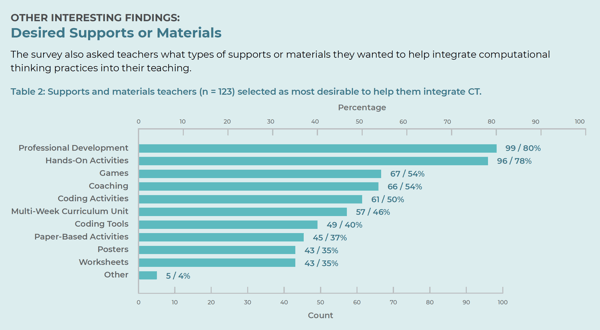
Download Hands On! Spring 2020
Acknowledgements
Thank you to NSTA for the use of their listservs and to the teachers who participated in the survey. We would also like to thank TERC for funding this project.
Author Bios
Teon Edwards is co-founder of and a lead designer for the Educational Gaming Environments group (EdGE) at TERC. With a background in astrophysics, mathematics, and education with a focus on the use of technology and multimedia for learning, she has spent over 20 years developing science curricula, experiences, tools, and games for both formal and informal settings. She was production manager for the re-release of the award-winning computational thinking game Zoombinis, and she has since worked on multiple NSF, Department of Education, and TERC-funded projects researching computational thinking learning across grades 3-8, including the nation-wide Zoombinis Implementation Study, the Research-Practice Partnership (RPP) CodePlay with the Braintree, MA school district, and INFACT: Include Neurodiversity in Foundational and Applied Computational Thinking, as well as the pilot study addressed in this article.
Michael Cassidy, Ph.D,. is a senior researcher and member of the STEM Education Evaluation Center at TERC. His research and evaluation work draw on professional experiences as a middle and elementary school science and English language arts teacher in Title I schools in Mobile, AL. His current work focuses on computational thinking, engineering education, robotics, and evaluation of mathematics and science intervention programs. He is especially interested in teachers’ perspectives about their professional learning, the impact of STEM educational programs on learning opportunities, particularly for members of underrepresented groups, and application of computational thinking across content areas.
References
Malyn-Smith, J., Lee, I., Martin, F. G., Grover, S., Evans, M. A., & Pillai, S. (2018). Developing a Framework for Computational Thinking from a Disciplinary Perspective. CTE 2018 conference proceedings.
Wing, J. M. (2006). Computational thinking. Communications of the ACM, 49(3), 33-35.
Wing, J. M. (2014). Computational thinking benefits society. 40th Anniversary Blog of Social Issues in Computing.

